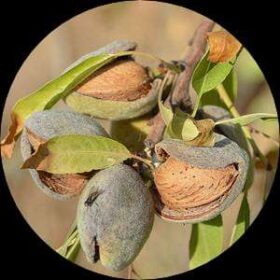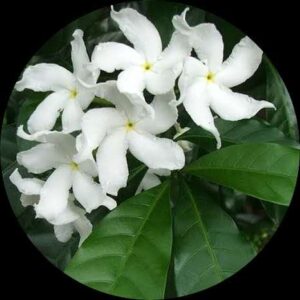- Empty cart.
- Continue Shopping
Longan (Seedling)
Original price was: ₹480.00.₹250.00Current price is: ₹250.00.
Genus : Dimocarops
“Experience the sweet and juicy flavors of Longan fruits by growing your own plants. Our premium Longan seedling fruit plants ensure the cultivation of delicious and satisfying fruits right in your own backyard.”
Longan (Dimocarpus longan) is a small, subtropical fruit-bearing tree that is native to southern China and is also widely grown in other parts of Asia. The tree is a member of the soapberry family and is related to the lychee.
Longan trees grow up to 10-20 meters tall and have a dense, rounded canopy. The leaves are shiny and green, with lance-shaped leaflets that are around 5-15 cm long. The flowers are small and white, and are produced in large clusters.
The fruit of the longan tree is a small, round or oval-shaped drupe, about the size of a grape, with a hard, brown shell. The shell is thin, brittle, and easily cracked open with the fingers, revealing a translucent white flesh. The flesh is juicy and sweet, with a slightly musky flavor. It contains a single seed, which is also edible.
Longan fruit is highly nutritious and is rich in vitamins, minerals, and antioxidants. It is a good source of vitamin C, vitamin B6, potassium, and copper. It has been used in traditional medicine to treat insomnia, fatigue, and other ailments.
Longan trees prefer warm, humid climates and well-draining soil. They can tolerate some drought, but need regular watering to produce a good crop. They grow well in tropical and subtropical regions, including parts of China, Thailand, Vietnam, and Malaysia.
Longan trees can be propagated by seeds, cuttings, or grafting. They can take 3-5 years to start bearing fruit, and can produce up to 200 pounds of fruit per tree per year. Longan fruit is typically harvested in the late summer or early fall, and can be eaten fresh or used in desserts, drinks, and other recipes.












Reviews
There are no reviews yet.